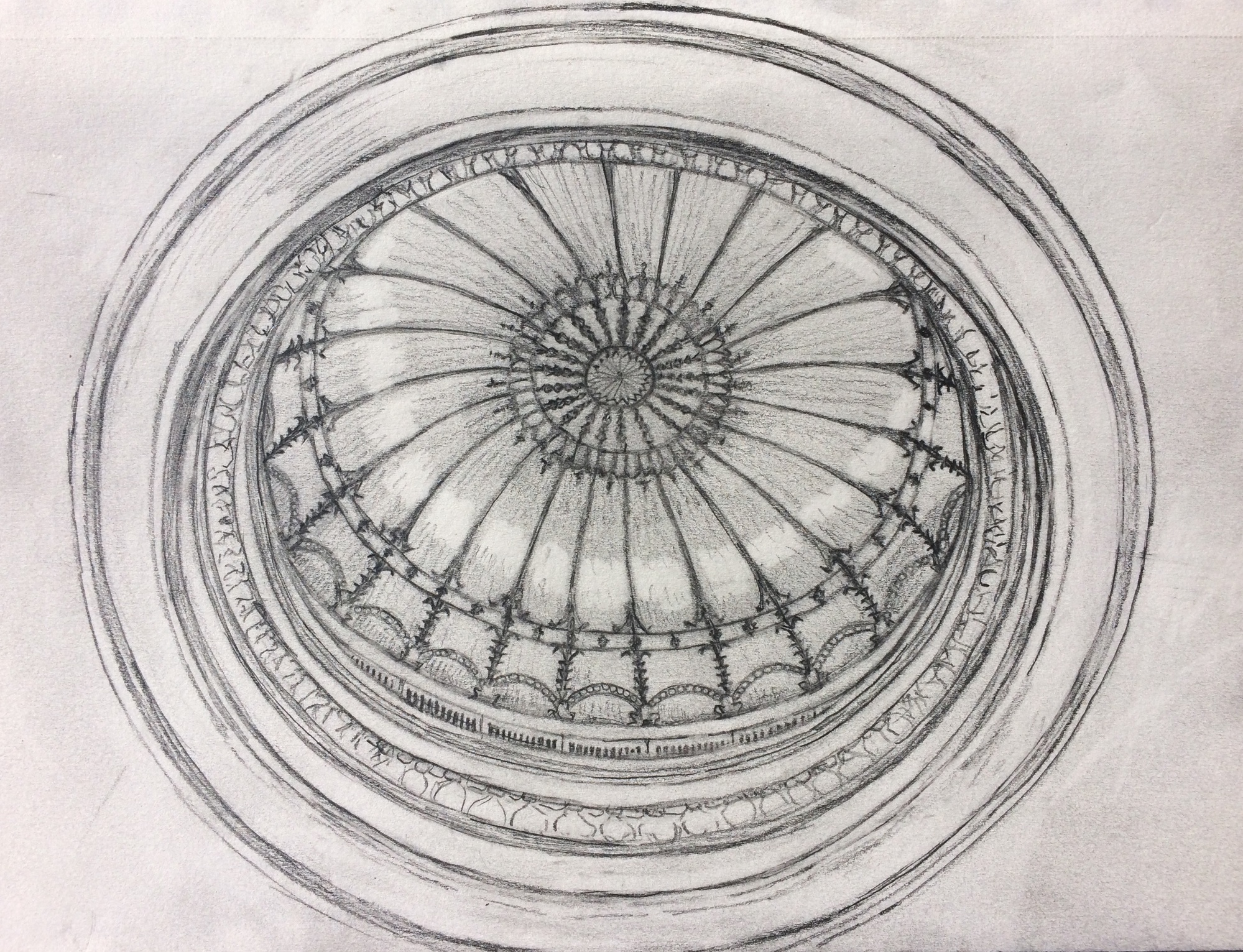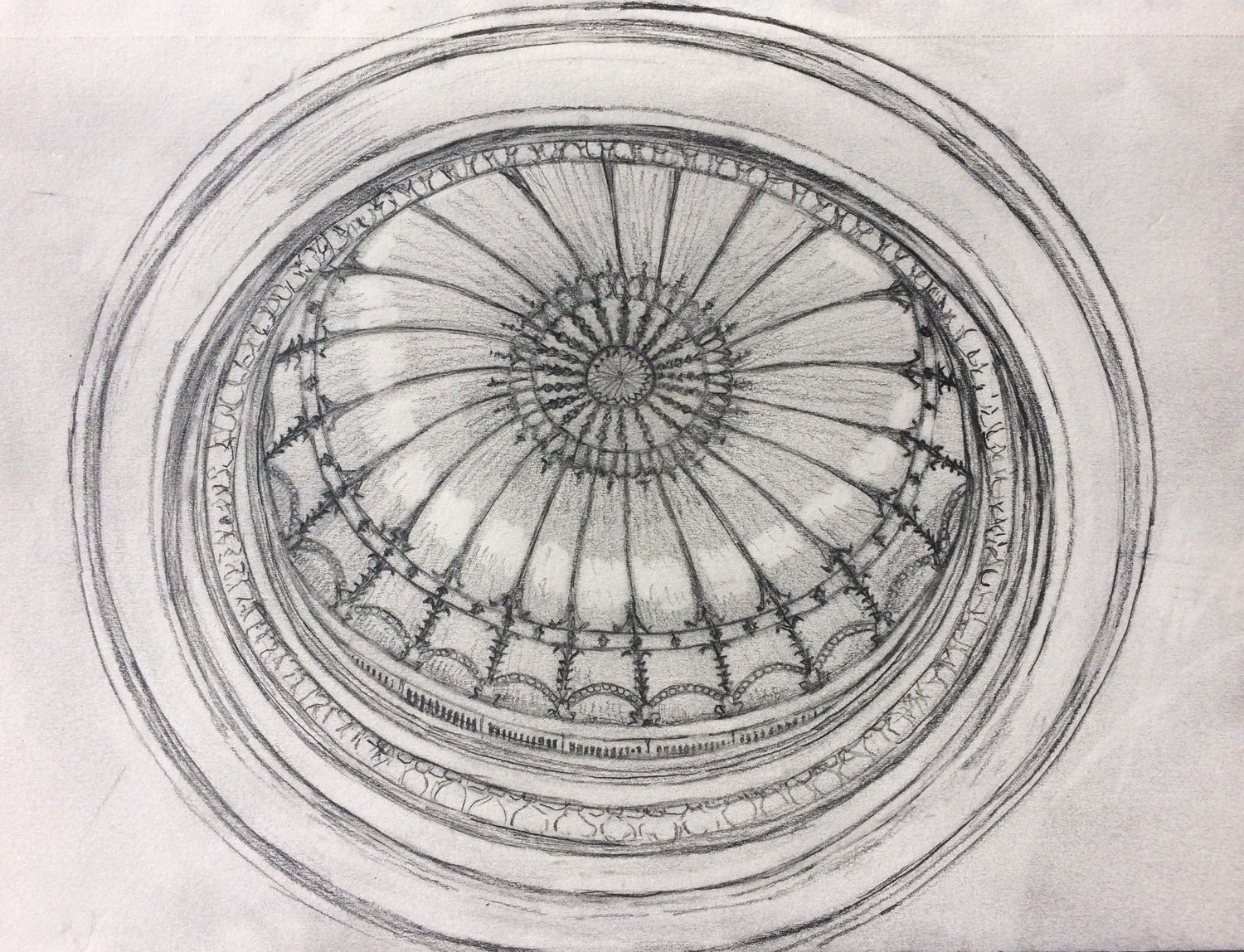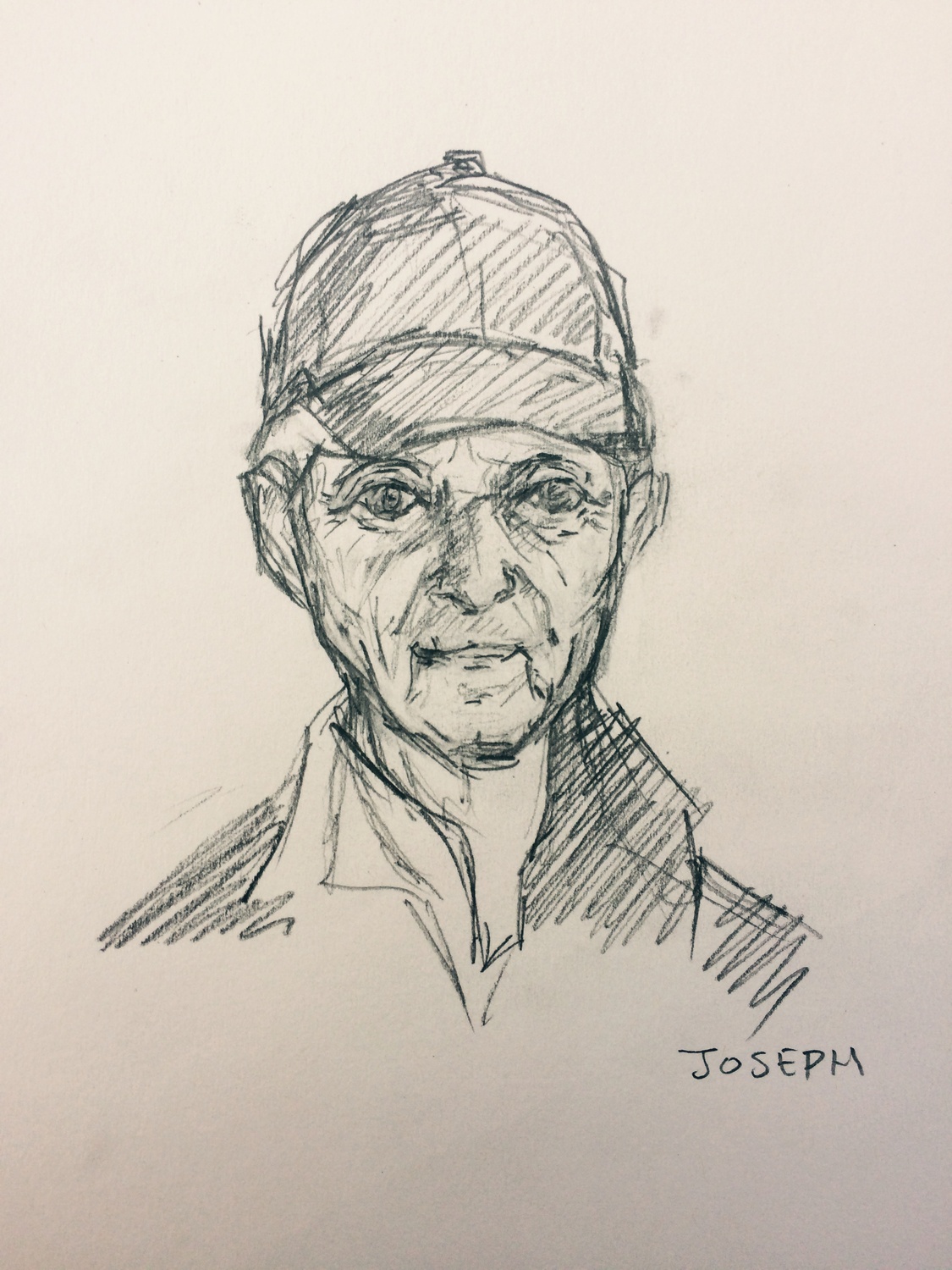
News
Summers Will Not Finish Semester of Teaching as Harvard Investigates Epstein Ties

News
Harvard College Students Report Favoring Divestment from Israel in HUA Survey

News
‘He Should Resign’: Harvard Undergrads Take Hard Line Against Summers Over Epstein Scandal

News
Harvard To Launch New Investigation Into Epstein’s Ties to Summers, Other University Affiliates

News
Harvard Students To Vote on Divestment From Israel in Inaugural HUA Election Survey
Dining Halls

The creation of a space may begin with its physical features, but it does not end there. The architectural aspects of a space, its use and purpose, the people who pass through every day and the things that they do there all combine to define a space. Often, a space is designed for a particular usage, and its physical aspects therefore complement its purpose. Other times, it evolves to fit a purpose over time. Whatever the case, this human aspect of definition allows spaces to drastically change, even while their architecture remains exactly the same.
As the Harvard University Dining Service workers strike, many of the dining halls have stopped serving food. As a result, the spaces that are the House dining halls have fundamentally changed. While no food is served in the halls, these spaces remain open, and students have continued to use them. Based on my limited observation as I sat and sketched, it seems that Adams dining hall has become primarily a place of study. Without the draw of meals, it is now emptier and quieter, creating an atmosphere similar to that of a library. Yet chatter still fills the space, as some of the informality of a dining hall is retained. Almost overnight, without any alteration to the physical features or architecture, the house dining halls have been transformed into spaces that are entirely new.



Want to keep up with breaking news? Subscribe to our email newsletter.
